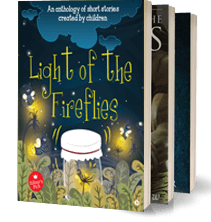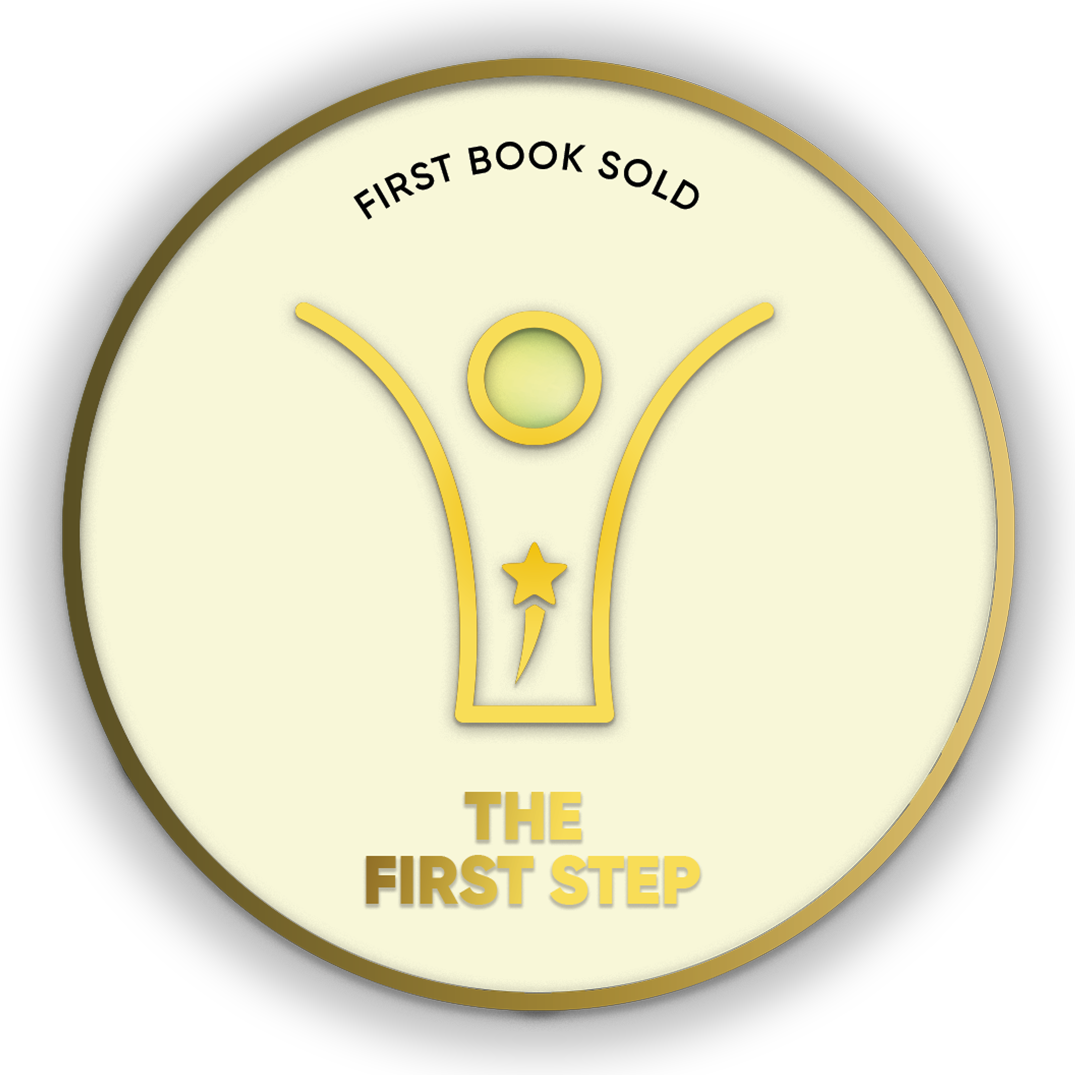
- Discover books
- For Writers
-
For Writers
-
Indie Author Championship
-
Challenges
Writing Contests
- Get Started

"It was a wonderful experience interacting with you and appreciate the way you have planned and executed the whole publication process within the agreed timelines.”
Subrat SaurabhAuthor of Kuch Woh Pal -
Sushma
Dr. Sushma Ahuja is an M.A. in History and Ph.D. in Temple Architecture of Hadoti. She has more than 38 years of teaching experience and many years of research experience in the field of Temple Architecture. She is a life member of the Indian History and Culture Society and has presented many papers at national and international seminars, conferences and workshops on our rich heritage, its protection and conservation. She has been the principal of J.D.B. Govt. Girls Commerce College, Kota. She has also been the course coordinator for many years for the School of Heritage, Tourism, Museology anRead More...
Dr. Sushma Ahuja is an M.A. in History and Ph.D. in Temple Architecture of Hadoti. She has more than 38 years of teaching experience and many years of research experience in the field of Temple Architecture. She is a life member of the Indian History and Culture Society and has presented many papers at national and international seminars, conferences and workshops on our rich heritage, its protection and conservation. She has been the principal of J.D.B. Govt. Girls Commerce College, Kota. She has also been the course coordinator for many years for the School of Heritage, Tourism, Museology and Archaeology (H.T.M.A.) at the University of Kota, Kota. She has been interviewed and quoted several times in print as well as electronic media.
On 26 Jan 2009, Republic Day, Dr. Sushma Ahuja was honoured by the Government of Rajasthan and acknowledged with a letter of appreciation by the District Administration of Kota for her remarkable contributions toward research, preservation, protection and propagation of art and cultural heritage of Hadoti region. Her infinite contributions vitalize society and create a cognizance toward preserving what our ancestors gave us and a loop that carries the heritage from the past to the present and the future. This is her first book in the series of books that she plans to publish to enlighten everyone about the rich cultural heritage of India.
Read Less...Crop your profile image

हाड़ोती
Books by डॅा. सुषमा आहूजा
कला का उद्देश्य जीवन के लिये है, वह कोई उद्देश्यहीन साधना नहीं हैं। यह भारत के दर्शन व मूल्यबोध की सुंदर अभिव्यक्ति है जिसे कलाकार ने अनुभव किया और जो वह दर्शक तक पहुंचाना चाहता �
कला का उद्देश्य जीवन के लिये है, वह कोई उद्देश्यहीन साधना नहीं हैं। यह भारत के दर्शन व मूल्यबोध की सुंदर अभिव्यक्ति है जिसे कलाकार ने अनुभव किया और जो वह दर्शक तक पहुंचाना चाहता है। भारत में धर्म की पृष्ठभूमि में स्थापत्य व कला का उदय हुआ है। भारतीय कला का अध्ययन मंदिरों के माध्यम से किया जाता है किन्तु भारतीय कला के अवशेषों का केवल बाह्यः अध्ययन ही पर्याप्त नहीं है उनके भीतरी अर्थ का भी विवेचन आवश्यक है। भारतीय कला की आत्मा उसके अलंकरण प्रतीकों में है जो न केवल देखने वाले को प्रसन्न करती है अपितु एक पावन उद्देश्य की पूर्ति कर सुख-समृद्धि की प्राप्ति व अमंगल से रक्षा भी करती है। भारत में स्थापत्य कला भी है, विज्ञान भी, पुरातत्व भी तकनीक भी और दर्शन भी। भारत में हम कला, दर्शन और विज्ञान के बीच कोई सीमारेखा नहीं खींच सकते। स्थापत्य कला का अध्ययन करते समय हमें शास्त्रीय (ग्रंथ) व उपलब्ध प्रमाण (स्थापत्य अवशेष) दोनो पक्षों को लेकर चलना होगा। अतः हमें उपलब्ध पुरास्मारकों का अध्ययन शास्त्रों के साथ करना होगा। इसी क्रम में राजस्थान के हाडोती क्षेत्र में विभिन्न कालों में बने समृद्ध, स्थापत्य कला व शिल्प के प्रमाण मंदिरों का सर्वेक्षण एवं अध्ययन करने का प्रयास किया है। स्थापत्य के प्रतिनिधि ये सभी मंदिर,मूर्तियाँ, शिलालेख भारतीय कला एवं ज्ञान की धरोहर है। इनकी सुरक्षा करना हमारा कर्त्तव्य है। पुस्तक हाड़ोती अँचल की कला विरासत की सुरक्षा और इसे प्रतिष्ठित स्थान दिलाने की दिशा में एक सामयिक कदम होगी ऐसी मेरी आस्था ही नहीं बल्कि पूर्ण विश्वास है।
Satyam Shivam Sundaram
Books by Dr. Sushma Ahuja
This is a comprehensive, iconographic, aesthetic and artistic study of the female figurine at the temples of Hadoti, Ellora and Khajuraho. It describes in detail the temple sculptures through a comparative analysis of their contents and techniques. It traces the development of symbolic imagery and the artistic tradition of that site, while at the same time highlighting those statues or panels which are the most authentic artworks of their style and the symbol
This is a comprehensive, iconographic, aesthetic and artistic study of the female figurine at the temples of Hadoti, Ellora and Khajuraho. It describes in detail the temple sculptures through a comparative analysis of their contents and techniques. It traces the development of symbolic imagery and the artistic tradition of that site, while at the same time highlighting those statues or panels which are the most authentic artworks of their style and the symbol of Shakti or female power. This book brings forward glimpses of India's rich cultural heritage and the manifestation of Shakti, the powerful Goddess.

Are you sure you want to close this?
You might lose all unsaved changes.
Select from one of our global stores to continue
 India
India
 Malaysia
Malaysia
 Singapore
Singapore
 UAE
UAE
Warning Message
The items in your Cart will be deleted, click ok to proceed.












